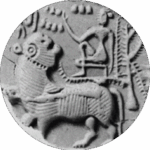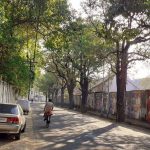Quiet time in Kerala
For meals I’m kind of under house arrest, in this rainy and remote location. They bring them to my “cell” twice a day. In the morning it was idli (fermented rice cakes) and vegetable curry; and in the evening I … Continue reading →

